This might be a bit longer than a regular first look. For those looking for just the soundbites, we’ll run with that first.
Rossignol is a known quantity in the on-piste scene. They, too, have dabbled with producing sliding tools for ski tourists. For several seasons, we’ve been intrigued by their Escaper Nano series, which comes in a few flavors: 105mm, 97mm, and 88mm (underfoot).
This winter and spring we’ll be aboard the Escaper 97 Nano. Although this ski in a larger size could be appropriate for a paired down quiver as the daily go-to, we opted for the 169cm length. At 5’10”, this length is my sweet spot for steeper terrain. Our designs for this ski test/review are longer missions during mid-winter high pressure or spring freeze/thaw steep objectives. These objectives align with what I might otherwise deploy my Blizzard Zero G 95s (171cm). The ZG 95 is a firm snow ski for many. That’s where it shines.

The main differences between the skis are their respective constructions and front end shape. The Escaper 97 Nano boasts a longer tip rocker, which we think might make the ski more forgiving pushing through not exactly deep, but modestly variable 3D snow. Further, the Rossi option offers a bit more base area, 1798cm2 compared to the ZG 95’s 1720cm2 (measured by Sooth Ski) and an ever so turned up tail relative to the flattish ZG tail. Within those design parameters, the ZG 95 works quite well in the 2D snow world when the pitch rolls over to more puckery. We are hoping the Esaper 97 Nano handles the steep and firm with as much aplomb. From a simple hand flex test, the Rossi flexes in the stiff range.
And, the weight. The Escaper 97 Nano weighs a confirmed 1315g/ski, while the ZG 95 weighs 1195g/ski (171cm), a bump up in weight of 120g/ski. Although, contrary to what I may have espoused in the past, I’m seeking something slightly heavier, which, along with the Rossi construction, translates to slightly more damp. Time will tell.
That, folks, concludes the regular programming for a first look. Pull the plug if need be. For more, keep reading.


Basic Stats
Sizes Available (cm): 161, 169 (tested/reviewed), 177, and 185
Weight (169cm): 1315g/ski (Zero G 95 171cm, 1195g/ski)
Shape (mm) (169cm): 126-97-116 (Zero G 95 shape 171cm: 125-95-109).
Turn Radius (m for 169cm): 17m
Construction: Paulownia, full-length vertical sidewall, 0.4mm Titanal layer underfoot, fiberglass.
Shape: Rocker in the front, camber, light rocker in the tail.
Tip Rocker Length: ~308mm (Zero G 95 ~252mm)
Tip Height: ~58mm (Zero G 95 ~53mm)
Tail Height: ~12mm (Zero G 95 ~8mm).
Price: $650.00
From the stats alone, the Escaper 97 Nano is both different and similar to the ZG 95. The Rossi’s sport a slightly wider tail and are generally larger in proportion. From my limited time on the skis (it’s been very deep snow). I’ve found Rossi’s front rocker favorable in mildly variable conditions (albeit at reduced speeds). And yes, so far, using both a Tecnica Zero G Tour Pro boot and a Dynafit Blacklight, I have noticed a slightly smoother, damp experience. I have yet to get the ski on truly firm snow or ice. I’m expecting the full sidewall and what appears to be more ample material in the Rossi tip compared to the ZG 95 to provide a positive, secure, and potentially more powerful feeling underfoot. To be continued.
One thing I pondered for a bit and consulted Gavin on was the mount point.
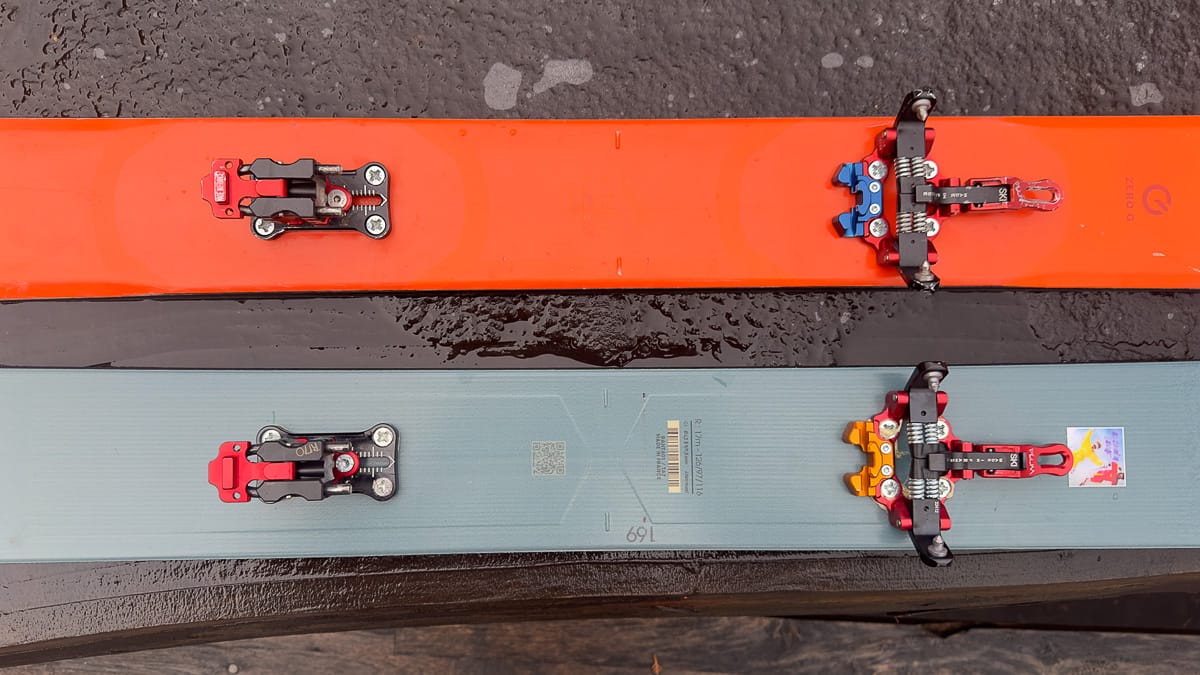
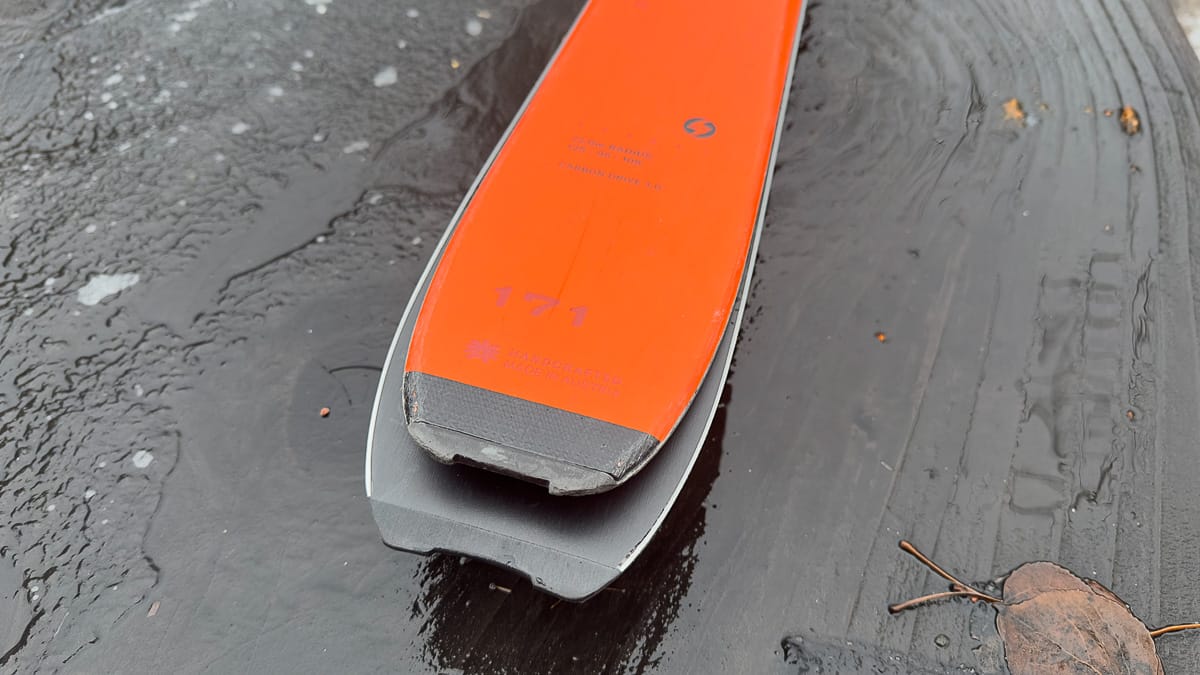
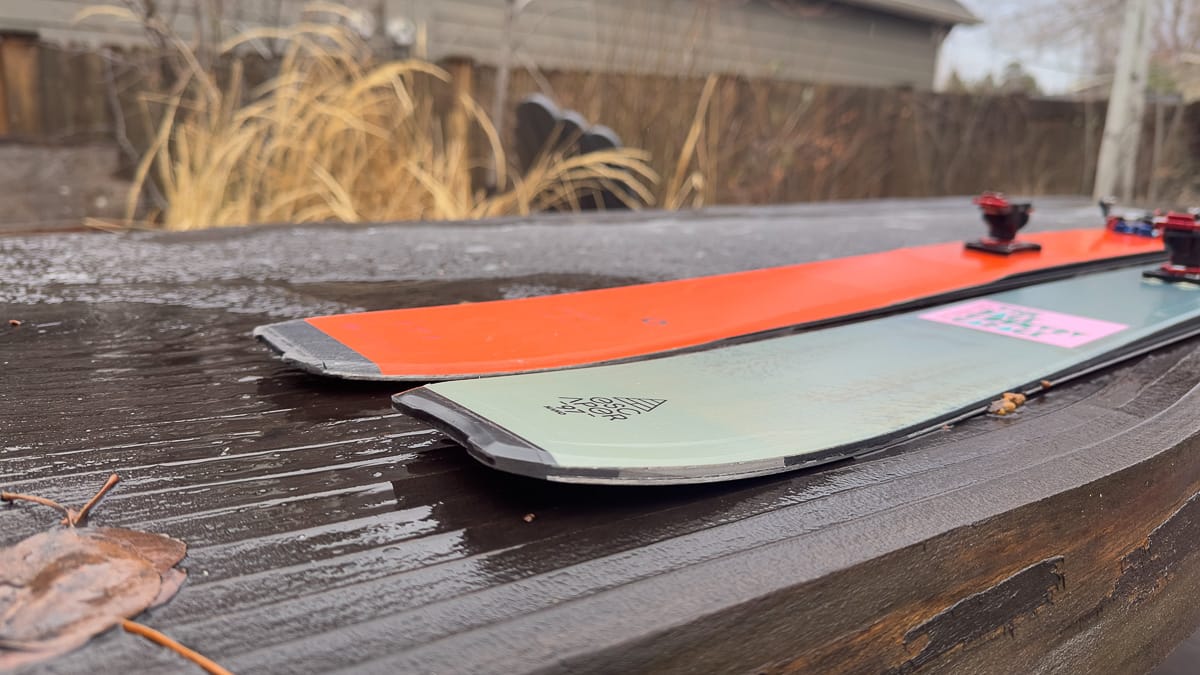
The Escaper 97 Nanos have a somewhat rearward mount point. The same company owns Rossignol and Dynastar. For what that is worth regarding design, construction, etc. (maybe we’ll dive into that), there are overlaps between the Escaper Nano line and Dynastar’s -Tour F-Team skis. The Dynastars have what we’d call a pretty rearward recommended mount point. The Escaper 97 Nanos trend in that direction with a measured (yet approximate) mount point of ~-12mm. The ZG 95 recommended mount point is ~10.8mm.
A few years back, seeking a more balanced and forgiving tail on the ZG 95, I mounted forward +1.5cm and found that to my liking. Again, I’ve used the ZG 95 for days when I know the snow trends toward 2d and firm. Similarly, I mounted the Escaper 97 Nanos forward but went an extra 0.5cm relative to the ZG 95s and settled on +2cm for the mount point.
The mount position (on both skis) has more to do with finding a good balance (for me) regarding how the ski feels in steep/firmer terrain and not maximizing the benefits of the tip rocker in the case of the Rossi. However, in my few days on the Escaper 97 Nano, the tip rocker assists with skiing manky rain-saturated snow. (Which we have plenty of right now.)
The bottom Line
I’m excited about this ski and interested in how it shakes down when facing for-real-firm snow. The extra weight, at 120g compared to my ZG 95s (both skis are mounted with Plum R170 bindings), for the time being, seems 100% nominal and worth the potential upsides.

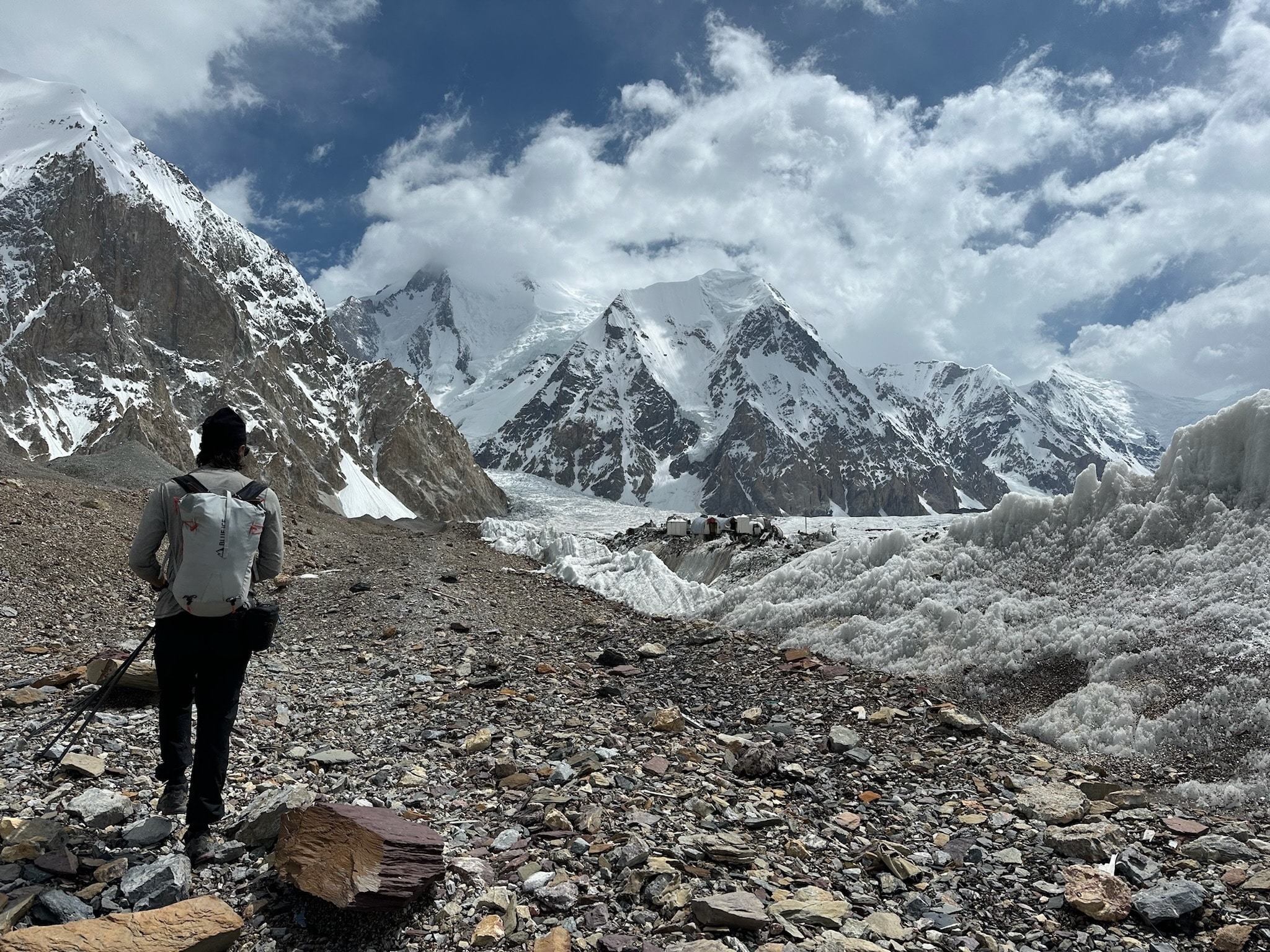
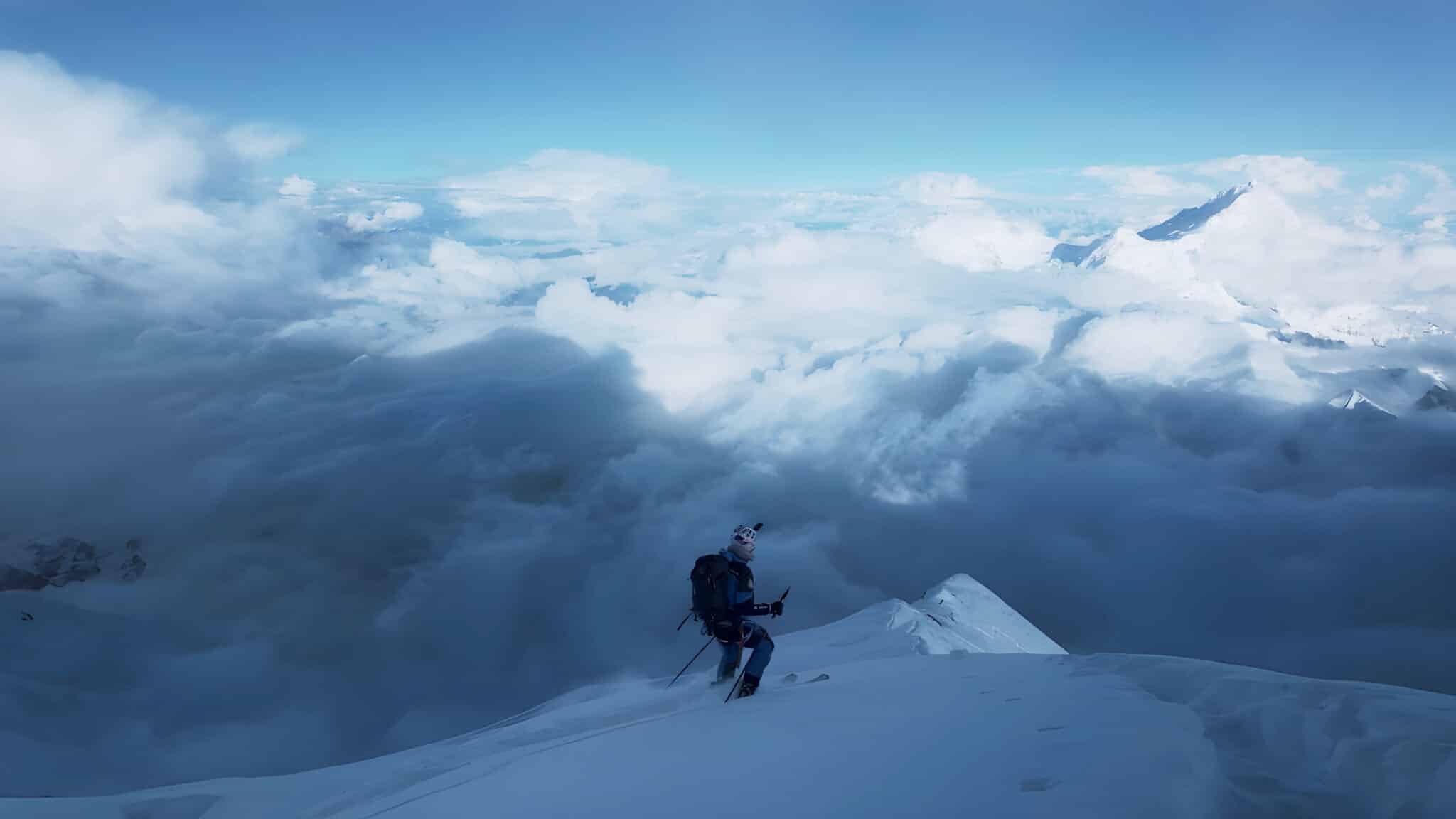
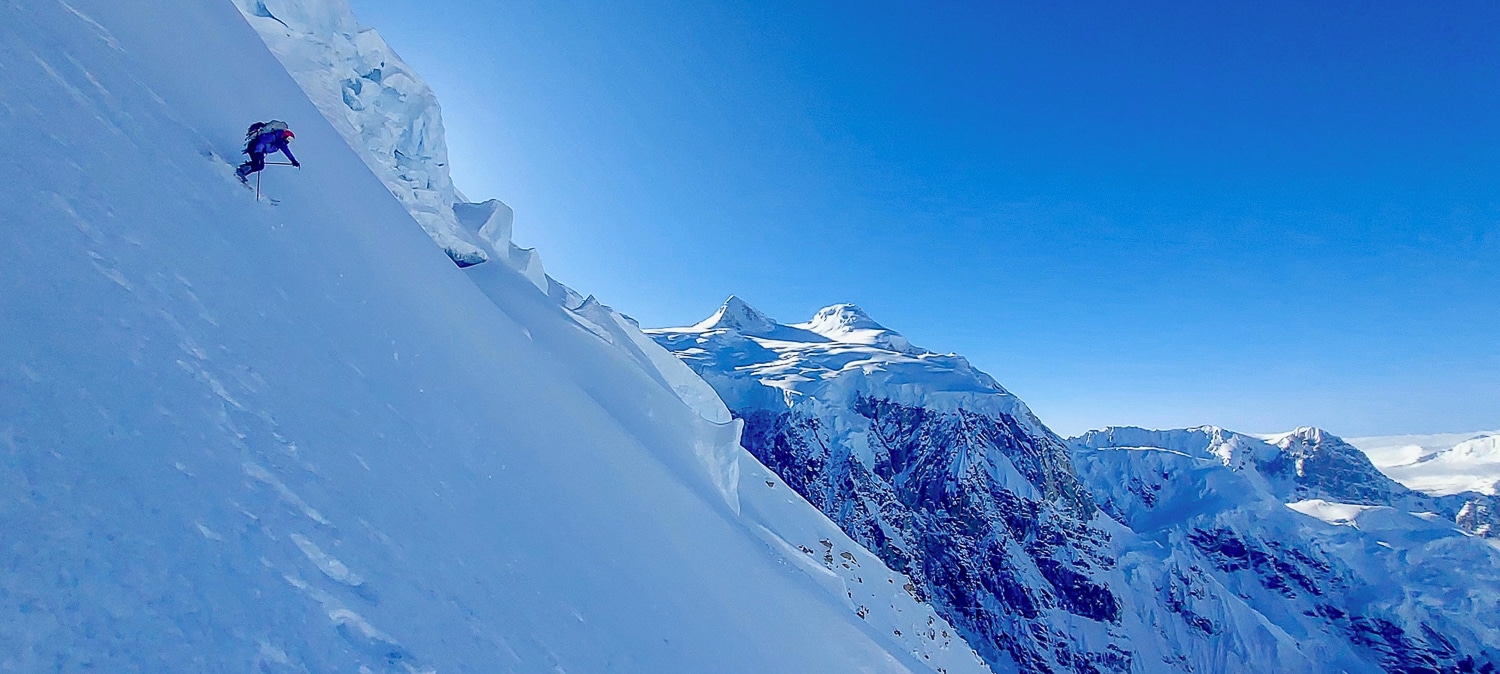
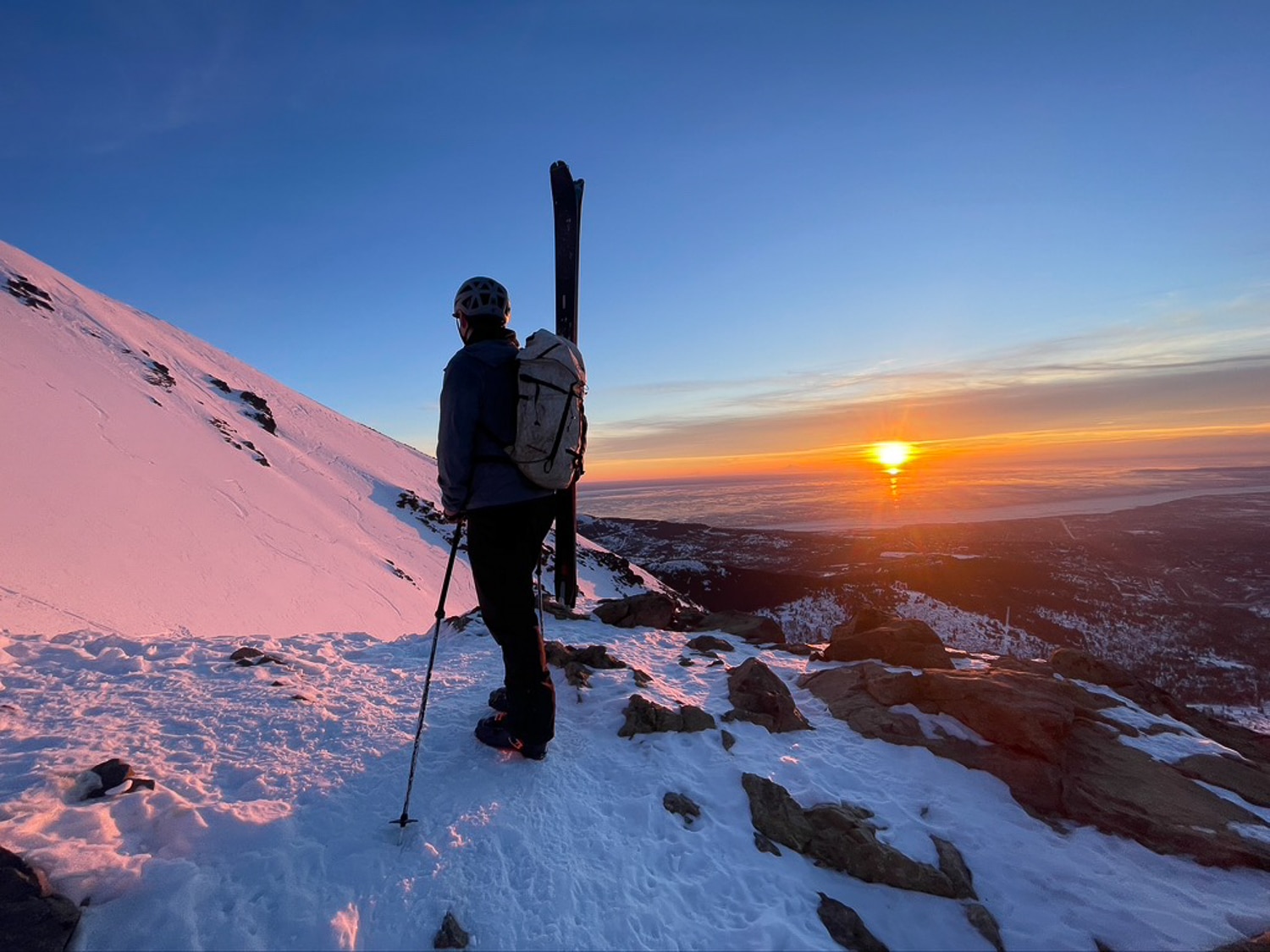
Leave a Reply
You must be logged in to post a comment.